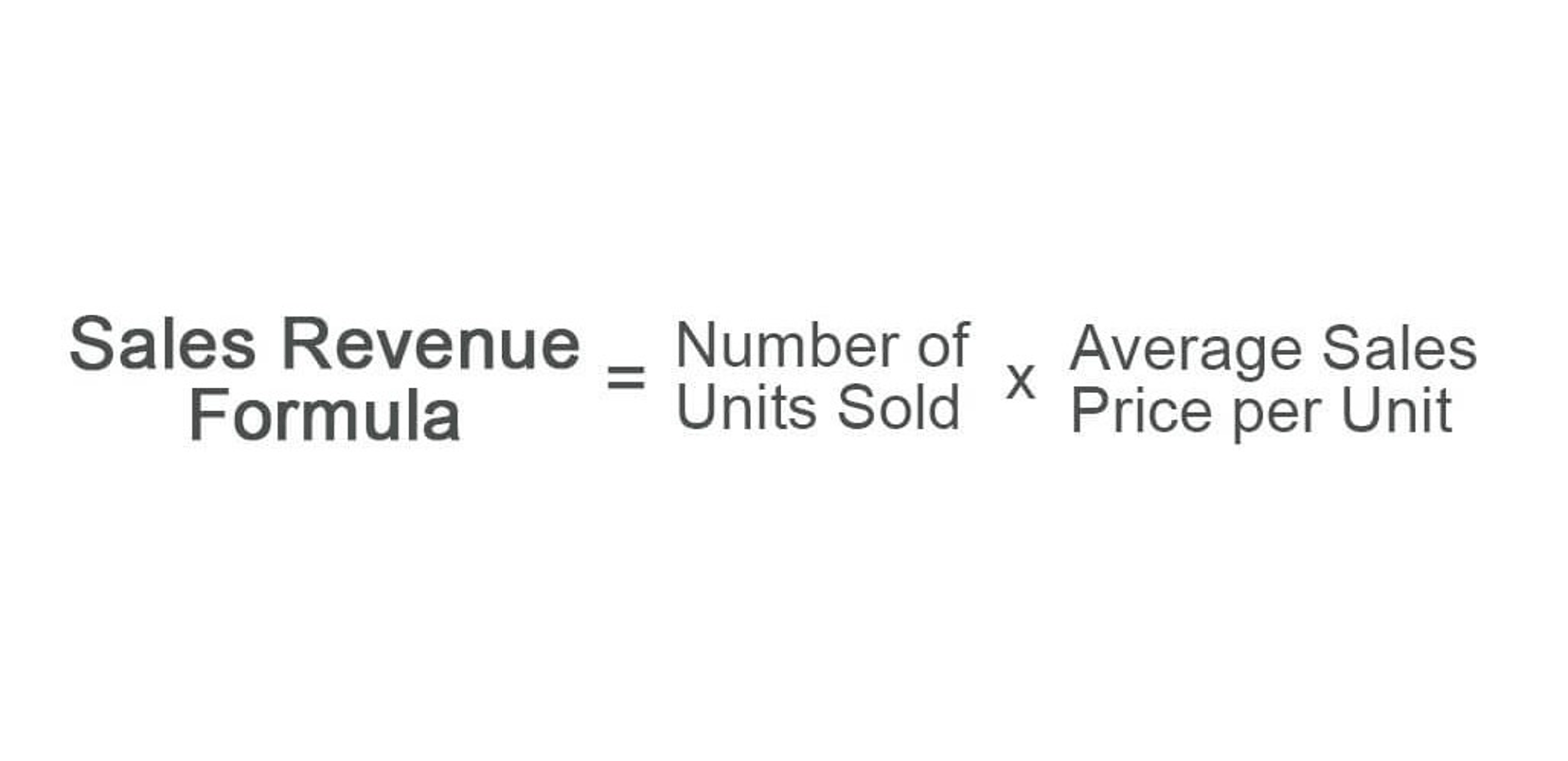What Is the Matching Principle and Why Is It Important?

As a result, the FASB works with the Private Company Council to update GAAP with private company exceptions and alternatives. These figures provide an excellent example of how the inclusion of non-GAAP earnings can affect the overall representation of a company’s success. The first column indicates GAAP earnings, the middle two note non-GAAP adjustments, and the final column shows the non-GAAP totals. With non-GAAP metrics applied, the gross profit, income, and income margin increase, while the expenses decrease.
Let’s say a company just incurred $100 million in Capex to purchase PP&E at the end of Year 0. When a company acquires property, plant & equipment (PP&E), the purchase — i.e. capital expenditures (Capex) — is considered to be a long-term investment. Majoring in the background of Tourism & Hospitality Management, she is a skilled and proactive third-year student. Her business studies background helps her write business analytic articles for The Strategy Watch. She will always keep learning and achieving new levels of content writing because of her passion for writing and creating words.
The Four Main Principles of GAAP
With such a prominent difference in approach, dozens of other discrepancies surface throughout the standards. The chart below includes only a couple of the variations that may affect how a business reports its financial information. As GAAP issues or questions arise, these boards meet to discuss potential changes and additional standards. For instance, when the COVID-19 pandemic hit, the board members met to address how governments and businesses must report the financial effects of the pandemic. Because GAAP standards deliver transparency and continuity, they enable investors and stakeholders to make sound, evidence-based decisions. The consistency of GAAP compliance also allows companies to more easily evaluate strategic business options.

When you are deciding how to record an expense for goods, note that the principle mentions the goods being used. Receiving goods is not necessarily enough to gaap matching principle make them an expense, even though paying for them might be a liability. When the goods are used by your business, they become an expense of the business.
What is matching principle definition and examples in accounting?
Whether or not the two systems will ever truly integrate or converge remains to be seen, though efforts were made by the U.S. Securities and Exchange Commission from 2010 to 2012 to come up with an official plan for convergence. When accounting principles allow a choice among multiple methods, a company should apply the same accounting method over time or disclose its change in accounting method in the footnotes to the financial statements. In cash basis accounting, revenue is recognized when the money is received in the business’s bank account, irrespective of when the goods or services were sold.

But certain businesses are required to report all financial information on an accrual basis, largely due to the matching principle. Standardized accounting principles date all the way back to the advent of double-entry bookkeeping in the 15th and 16th centuries, which introduced a T-ledger with matched entries for assets and liabilities. Some scholars have argued that the advent of double-entry accounting practices during that time provided a springboard for the rise of commerce and capitalism. The ultimate goal of any set of accounting principles is to ensure that a company’s financial statements are complete, consistent, and comparable. Companies can use the accrual accounting method or the cash method when preparing their financial statements; however, if a company is public, it must use the accrual accounting method as specified by GAAP. A company might also use the modified cash-basis accounting for its internal records.

